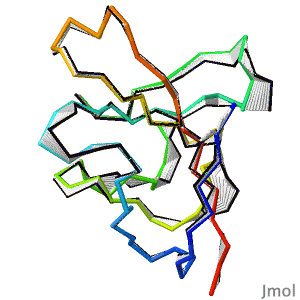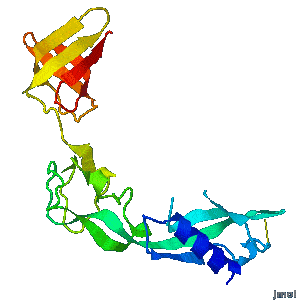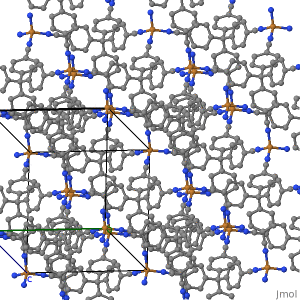Main Page
From Proteopedia
|
ISSN 2310-6301
As life is more than 2D, Proteopedia helps to bridge the gap between 3D structure & function of biomacromolecules Often it is difficult to utilize the wealth of information found in 3D biomacromolecular structures. Proteopedia's goal is to present structure/function information on these molecules in a user-friendly manner to a broad scientific audience.
| |||||||||||
| Selected Pages | Art on Science | Journals | Education | ||||||||
|---|---|---|---|---|---|---|---|---|---|---|---|
|
|
|
|
||||||||
|
How to add content to Proteopedia Who knows ... |
Teaching strategies using Proteopedia |
||||||||||
| |||||||||||





